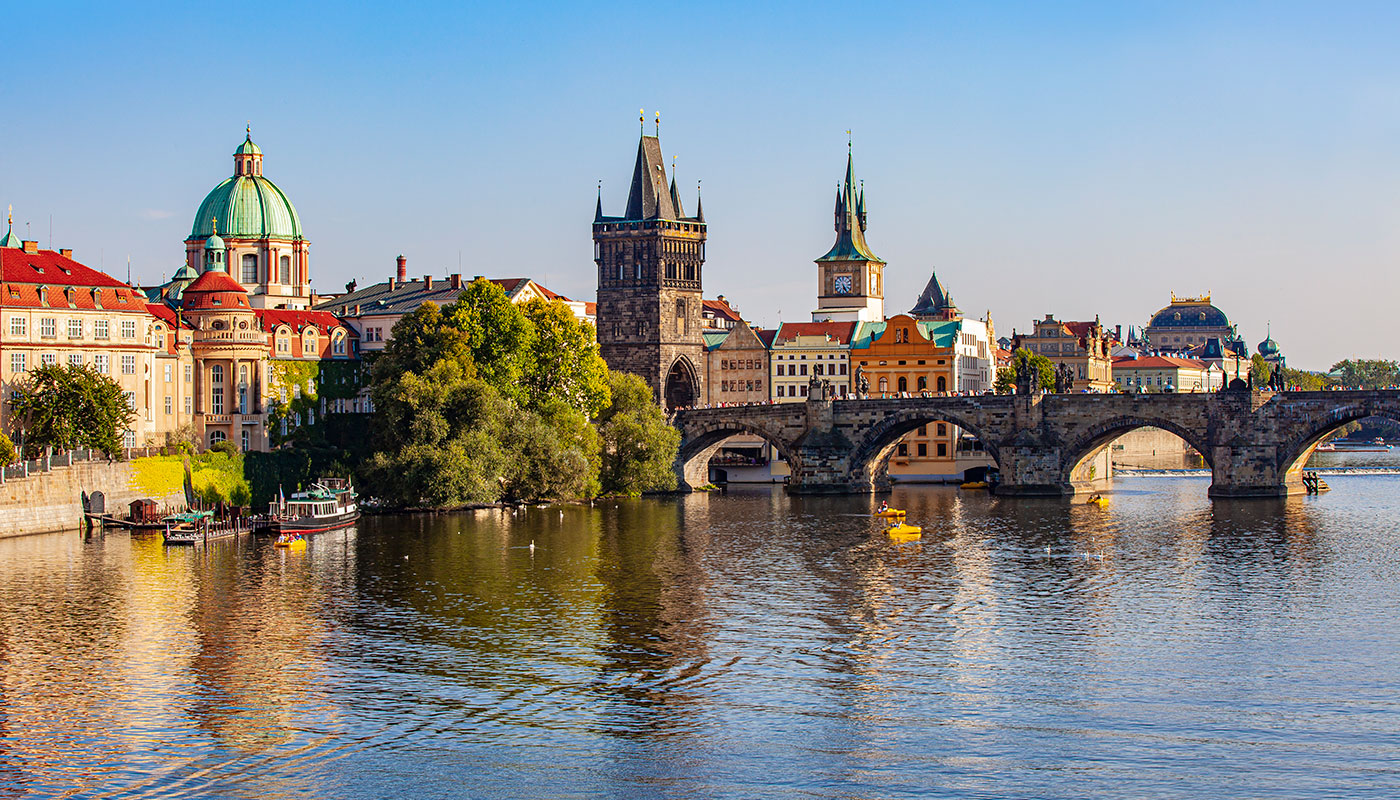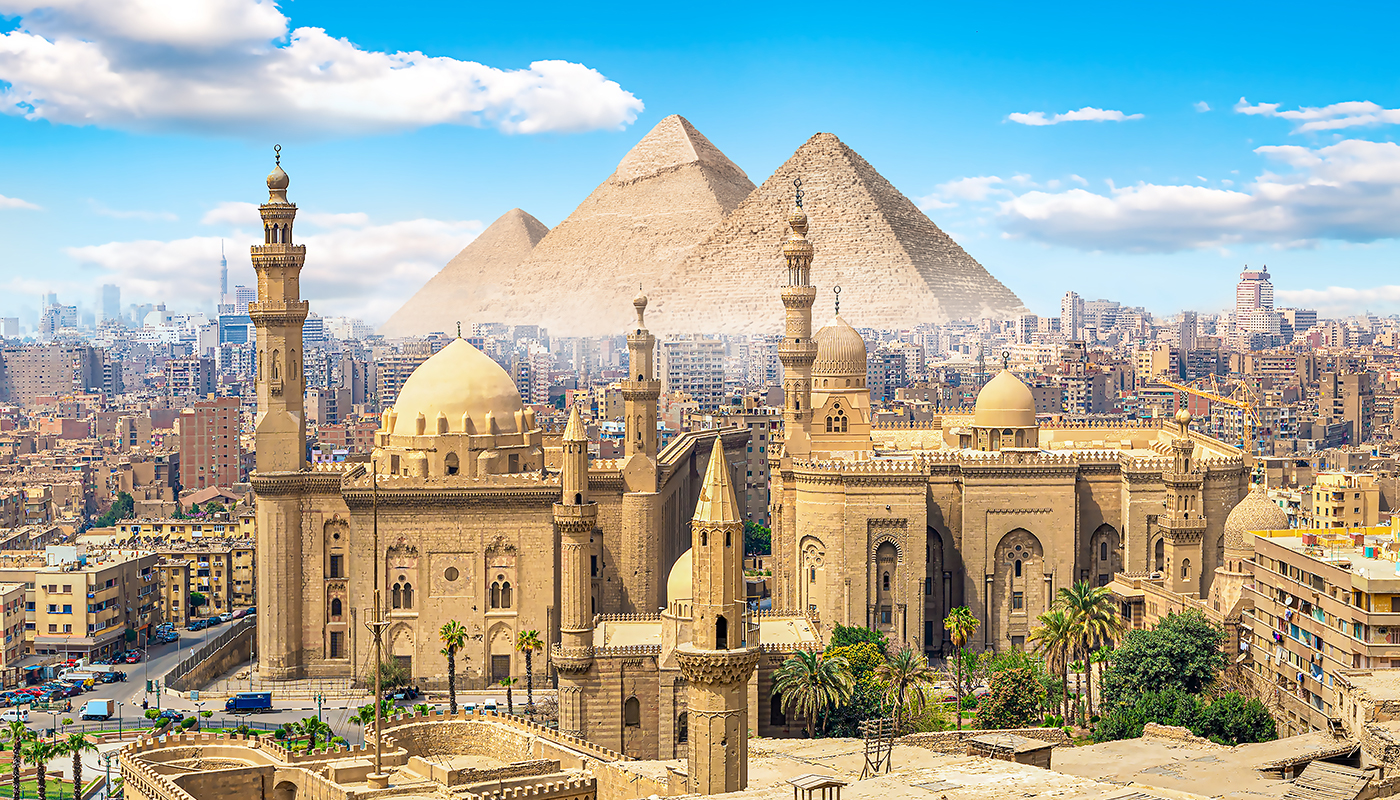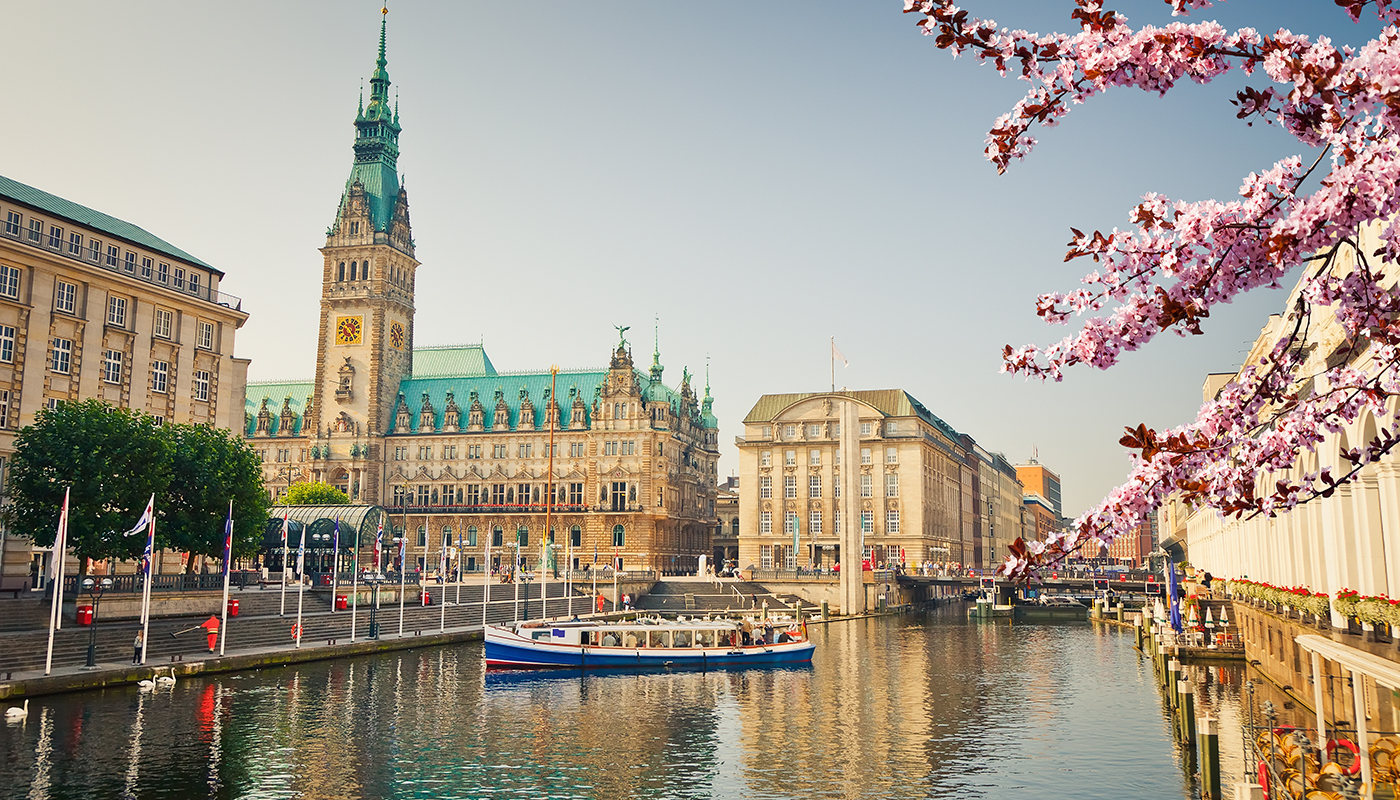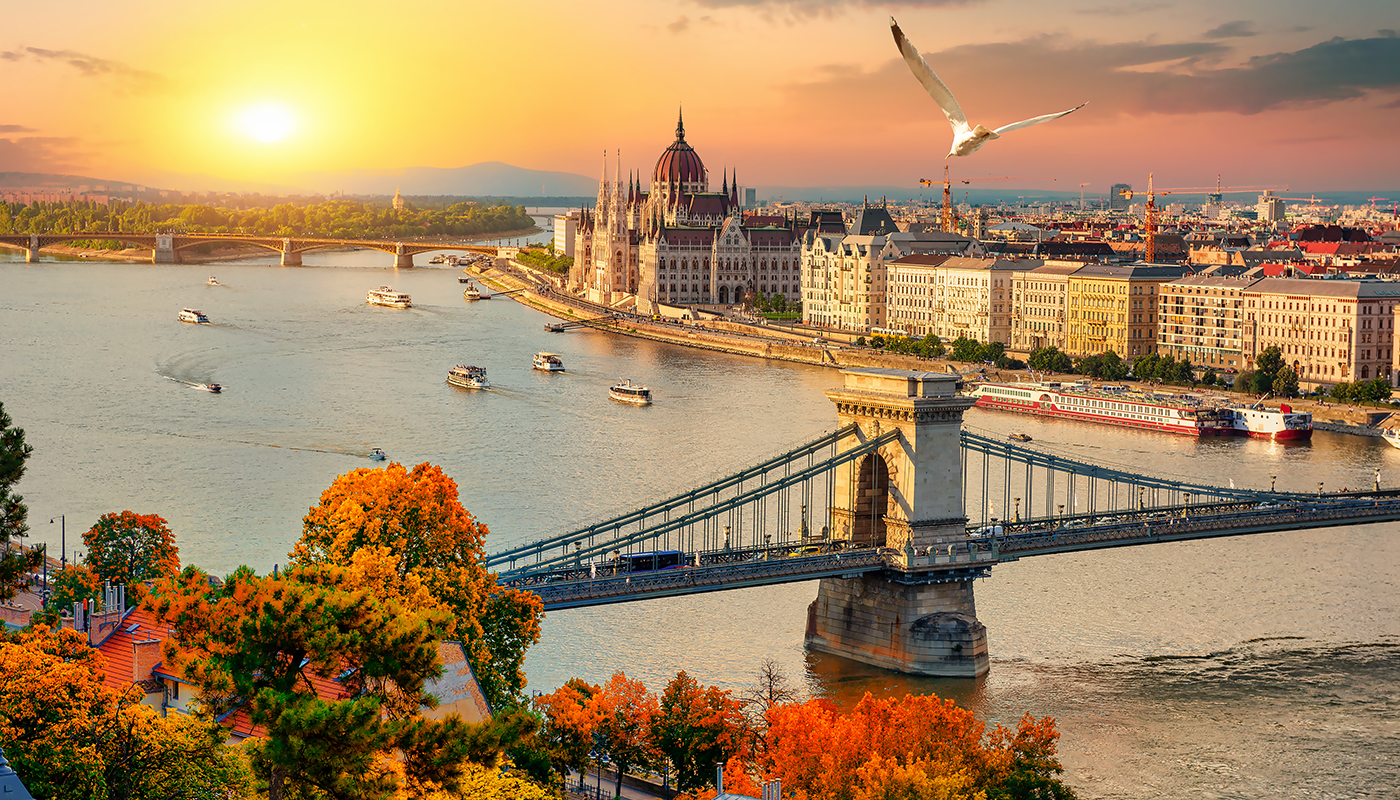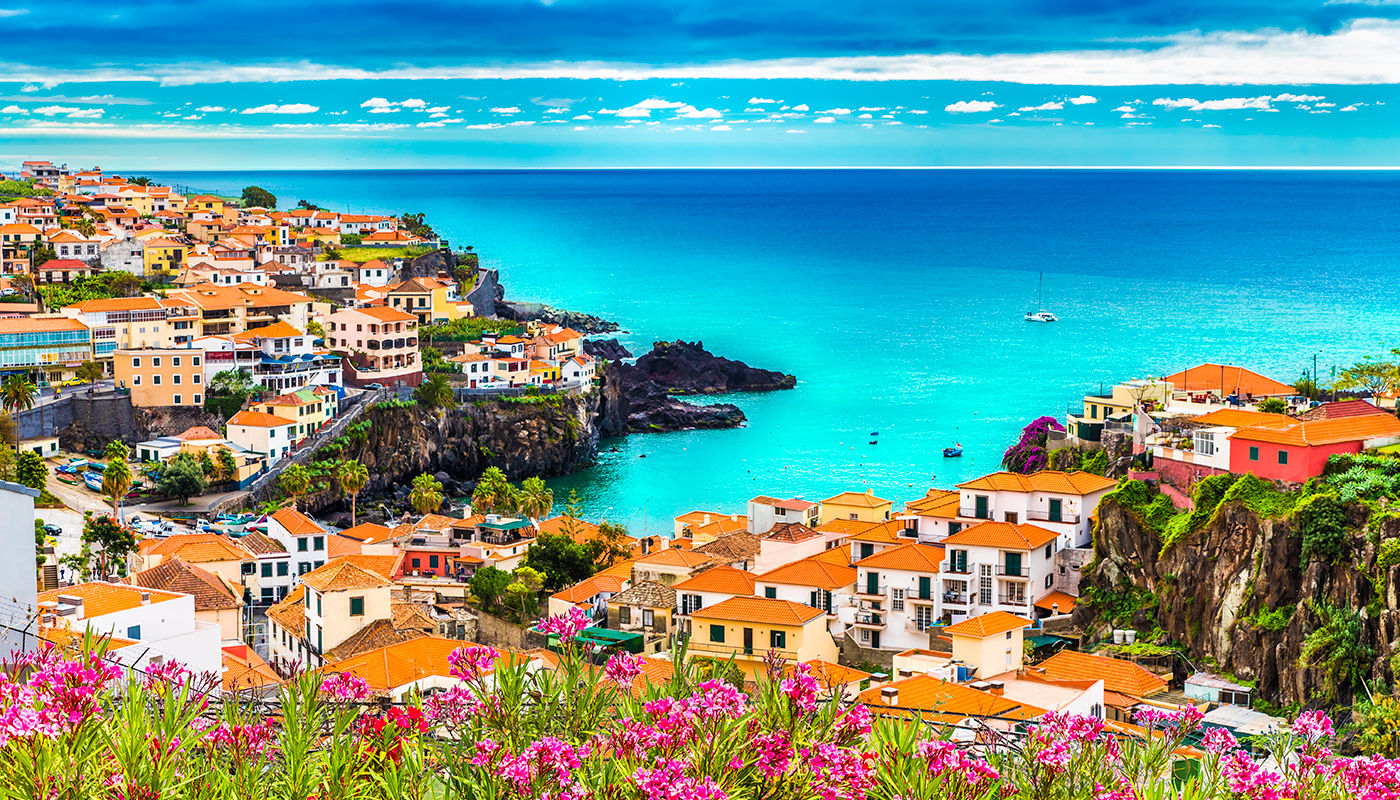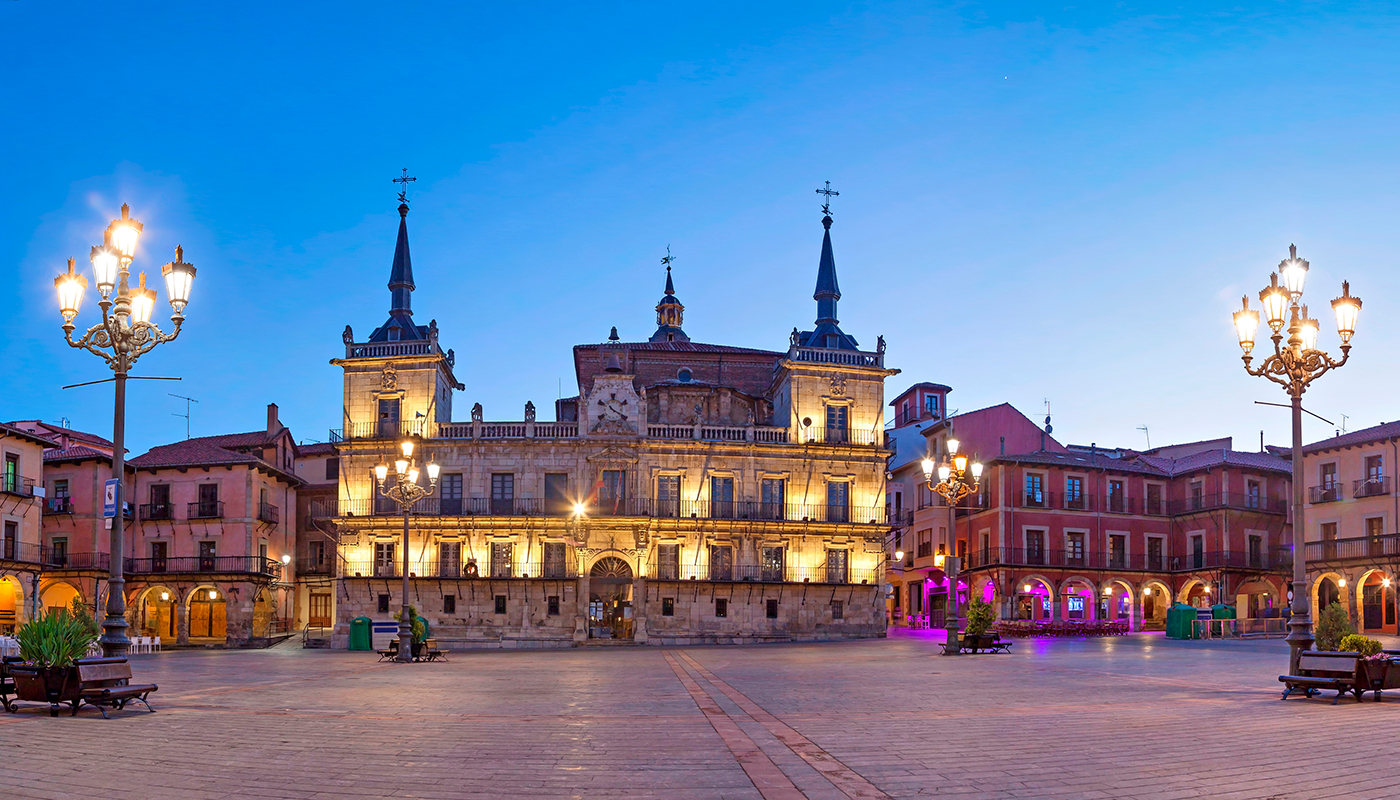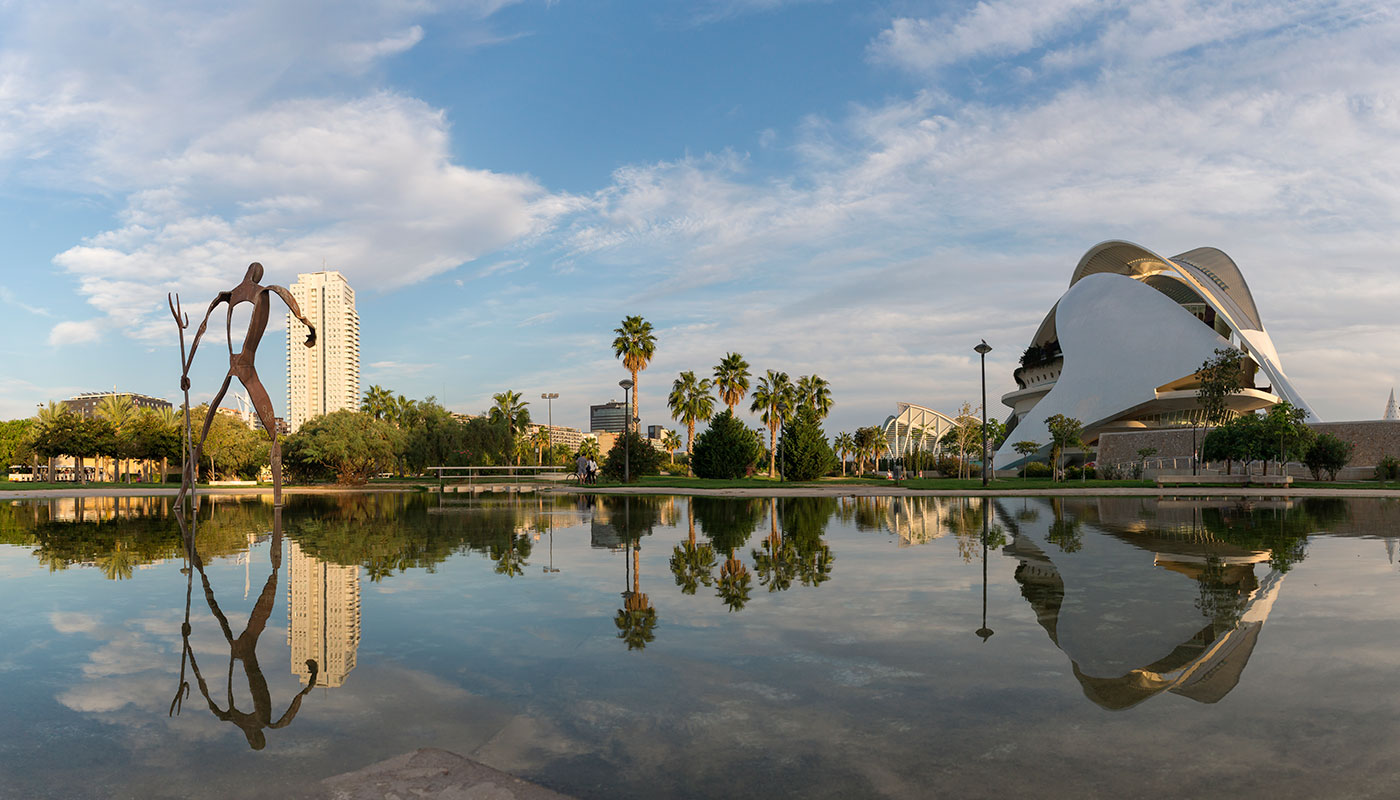Perched on a hill overlooking the River Elbe in the heart of Saxony lies Meißen, a town that exudes history at every turn and whose fame transcends borders for its delicate porcelain, known for centuries as “white gold”. Founded in the 10th century, Meißen still has a medieval charm that unfolds in its cobbled streets, half-timbered houses and the imposing silhouette of Albrechtsburg Castle, which seems to rise out of the hills. Meißen offers much more than porcelain and architecture. Here, just a few kilometres from Dresden, Saxon history is intertwined with ancient craft traditions, and the River Elbe provides an inviting backdrop to explore a place where time seems to have stood still.
History of the city: Meißen, the birthplace of European porcelain
The history of Meißen is closely linked to its strategic location and political importance in the Saxon region. Founded in 929 by King Henry I of Saxony as a stronghold to protect the eastern borders of the Holy Roman Empire, the town grew around a hilltop castle, now known as the Albrechtsburg. This castle became a key element in consolidating Germanic rule in the region, and its elevated position overlooked the Elbe River, which was an important trade route. Over time, Meißen evolved into an administrative and economic hub, and the castle was extended to become a palace that served as a residence for the powerful House of Wettin, which ruled the Duchy of Saxony and later the Kingdom of Poland.
During the Middle Ages, Meißen prospered as a centre of trade and culture, and the Albrechtsburg witnessed important events in Saxon history. However, it was in the 18th century that Meißen gained international prominence thanks to the discovery of the formula for producing European porcelain, a breakthrough that would change the course of the town forever. In 1708, the chemist Johann Friedrich Böttger and the scientist Ehrenfried Walther von Tschirnhaus succeeded in producing hard porcelain similar to the coveted Chinese porcelain, which until then had been the exclusive luxury of the European courts. The first European porcelain factory was established in the Albrechtsburg in 1710 under the patronage of Augustus the Strong, who promoted it passionately, making Meißen synonymous with excellence in porcelain.

The success of Meißen porcelain brought wealth and prestige to the town, with its exquisite pieces symbolising luxury and sophistication throughout Europe. As demand grew, the factory moved from Albrechtsburg to a larger location, and the town flourished as a centre for the production of high-quality porcelain. The Meißen trademark, recognised by its symbol of two crossed swords, remains an enduring symbol of the tradition of craftsmanship and innovation that Meißen porcelain is known for. This manufacture not only boosted the local economy, but also attracted artists and craftsmen from all over Europe, establishing Meißen as a cultural centre.
Today, Meißen continues to celebrate its artistic and cultural legacy. Every year, the Porcelain Museum welcomes thousands of visitors who want to learn about the traditional process of creating porcelain and explore its history. The old town of Meißen, with its cobbled streets and Gothic and Renaissance façades, exudes centuries of history that contrast with the liveliness of a town that has managed to reinvent itself without losing its roots. The Meißen porcelain, the Gothic cathedral and the Albrechtsburg form a historical and cultural site that continues to attract travellers and art lovers from all over the world
How to get there from Dresden: a scenic route just a few minutes away
Getting to Meißen from Dresden is easy and very accessible, making it an ideal day trip. The most popular and scenic way to travel is by train. The S1 line connects Dresden with Meißen in a journey time of approximately 30 minutes, allowing travellers to enjoy spectacular views of the River Elbe and the Saxon vineyards along the way. Trains depart frequently from Dresden Central Station, making it easy to organise your trip.
If you’d prefer to drive, the journey is just as easy. The route by road takes around 25 minutes and passes through picturesque Saxon countryside. Another option for the more adventurous travellers is to make the journey by bicycle. There’s a well-marked route that follows the course of the Elbe, providing a leisurely and charming journey through vineyards and small villages. Whichever mode of transport you choose, Meißen’s proximity to Dresden makes it an accessible and attractive getaway.
What you’ll see on your visit: medieval treasures and breathtaking views
One of the main things to see in Meißen is the Albrechtsburg, Germany’s oldest castle, built in the 15th century. This imposing Gothic building was originally the residence of the Margraves (sovereign princes of the region) and later became the town’s first porcelain factory, until it was moved to its current location in 1863. Its decorated rooms, frescoes and majestic architecture transport visitors back to medieval times. The Albrechtsburg offers guided tours that explore both its history and its role in porcelain production, an experience combining art, history and tradition.
Meißen Cathedral is also a must see. This impressive Gothic cathedral, built between the 13th and 15th centuries, is located next to the Albrechtsburg and is notable for its twin towers (completed in 1909) and its sober but elegant interior. In its crypt lie some of the Margraves of the Wettin dynasty, and the cathedral’s surroundings offer panoramic views of the city and the river, a perfect setting for memorable photographs.
In addition to the Albrechtsburg and Meißen Cathedral, the town offers other architectural and cultural treasures that enhance the visit. Close to the castle is the Torhaus, a gatehouse that dates back to medieval times and a magnificent example of defensive architecture. Crossing it feels like stepping back in time, a place where you can feel the history of Meißen in every stone.
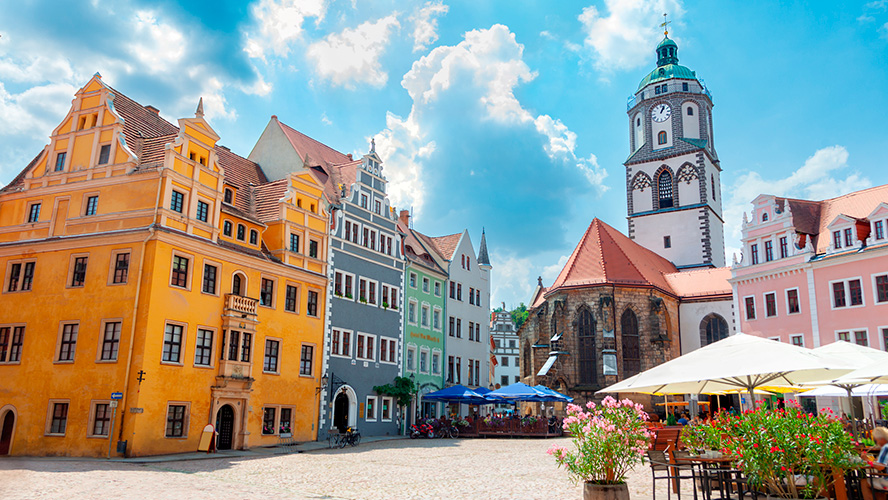
The historic centre of Meißen is also worth exploring, and the Markt or Market Square is its beating heart. Here you will find the Rathaus (town hall), an elegant late Gothic building with Renaissance details that has witnessed countless historical events. Next to it, the Frauenkirche, a church that stands out for its 57-metre bell tower and its peculiar porcelain carillon, a rarity reminiscent of the city’s heritage, as well as being a delight for the ears that allows you to hear the “sound of Meißen”, a unique experience in Germany.
Also not to be missed is the Stadtmuseum (City Museum), which offers a comprehensive collection of objects chronicling Meißen’s thousand-year history, from archaeological finds to porcelain pieces and historical documents, offering a comprehensive view of the town’s life and growth over the centuries.
Relationship to porcelain: the legacy of “white gold”
Meißen porcelain is famous the world over, and any visit to the town would be incomplete without heading to its porcelain factory. Founded in 1710 (though originally located in Albrechtsburg Castle), the Meißen State Porcelain Factory was the first of its kind in Europe and continues to produce pieces of the highest quality. In the factory museum, visitors can admire the evolution of styles and designs, from delicate floral motifs to intricate baroque figures.
A tour of the factory allows visitors to watch the production process live, from modelling to the hand painting of each piece. This craftsmanship is still carried out by experts who have spent years perfecting their technique. In addition, in the factory shop, visitors can buy unique pieces of porcelain, from decorative plates to detailed sculptures, taking a piece of Meißen’s rich artistic heritage with them.

Where to eat: traditional Saxon flavours and local vineyards
Meißen offers a delicious variety of dining options that combine Saxon tradition with culinary innovation. In the city centre, Ratskeller Meißen is a highly recommended restaurant, housed in a historic Rathaus building and specialising in regional dishes such as Sauerbraten (marinated roast beef) and Kartoffelklöße (potato dumplings). Its cosy atmosphere and generous portions make it an ideal stop after a day of exploring.

Another popular choice is Weingut Vincenz Richter, a wine cellar and restaurant with more than 140 years of history, where you can sample local wines such as Müller-Thurgau and Riesling, accompanied by dishes that highlight local flavours. This food and wine experience is ideal for those who want to learn about Meißen’s winemaking tradition and sample the local cuisine in an elegant and relaxed setting.







